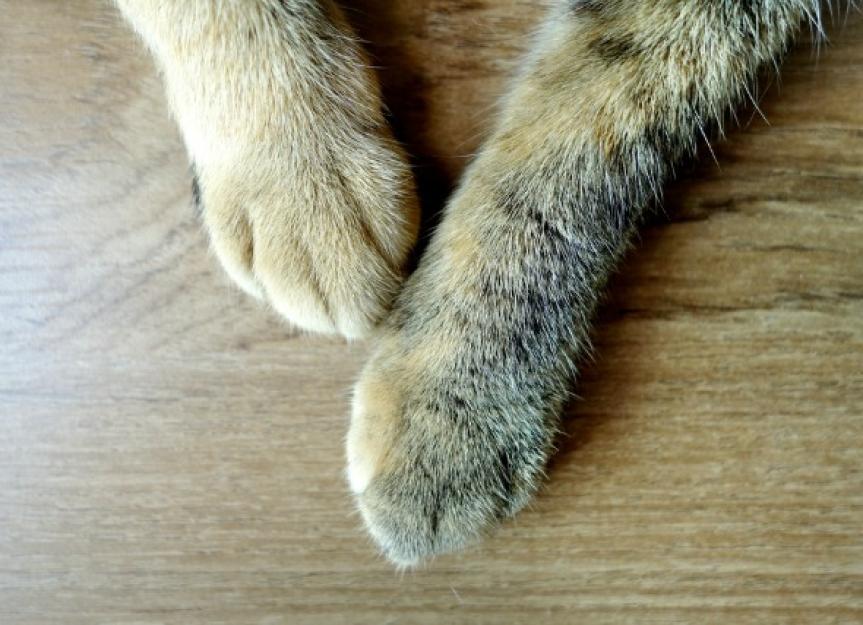Swollen Paws in Cats
cat’s foot doesn’t swell up too often, so when it does, it is cause for concern. This condition is usually painful, so it will need to be checked by your veterinarian.
What to Watch For
- Swelling usually involves only one foot, sometimes only one toe.
- Painful foot, which is sometimes warm to the touch.
- 出院肿胀的脚。
- Overgrown toenails, which may have grown into the toepad.
Primary Cause
Most cases of swelling will be due to infection, either from an overgrown toenail or from a bite or other puncture wound. Other events like a broken bone, or a rubber band or something similar wrapped around the foot or toe, could cause the foot to swell.
Immediate Care
Once you notice a swollen foot or toe, examine it (if you can do so safely) for foreign objects, wounds, or overgrown nails. If you can safely remove any foreign object or wash a wound, do so. Then take your cat to your veterinarian.
Veterinary Care
Diagnosis
Diagnosis will be made primarily by careful examination of the foot. This may require sedation if your cat is in pain or fractious. X-rays may be needed, especially if a broken bone is suspected.
Treatment
Treatment is essentially correcting the problem that caused the swelling: trimming overgrown toenails, removing foreign objects, cleansing the foot and antibiotics for wounds and abscesses, a splint for a broken bone. If you follow your veterinarian’s directions, your cat should recover with little risk of complications.
Other Causes
Plasma cell pododermatitis, in which one or more of the foot pads becomes swollen and soft, can sometimes be attributed to swollen paws. There is no proven treatment for this. It will eventually go away on its own, but it may reoccur.
Living and Management
If there are bandages or open wounds on the foot, a different type of kitty litter may be needed to prevent contamination of the area. Be sure to follow your veterinarian’s instructions for home care.
Prevention
Cat toenails shed in large flat sheets as new layers of nail are made. Normal claw sharpening behavior helps to pull those layers off. As cats get older, or if they have a chronic disease (like hyperthyroidism), the shedding process is impaired and layers of unshed nail material build up. These nails need to be trimmed regularly, or else the nails will grow and curve until they penetrate the toepad.
Help us make PetMD better
Was this article helpful?
